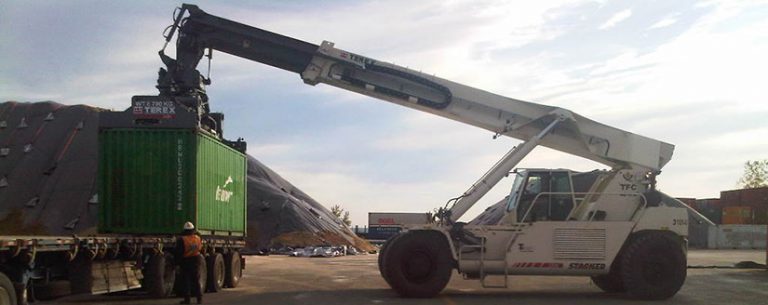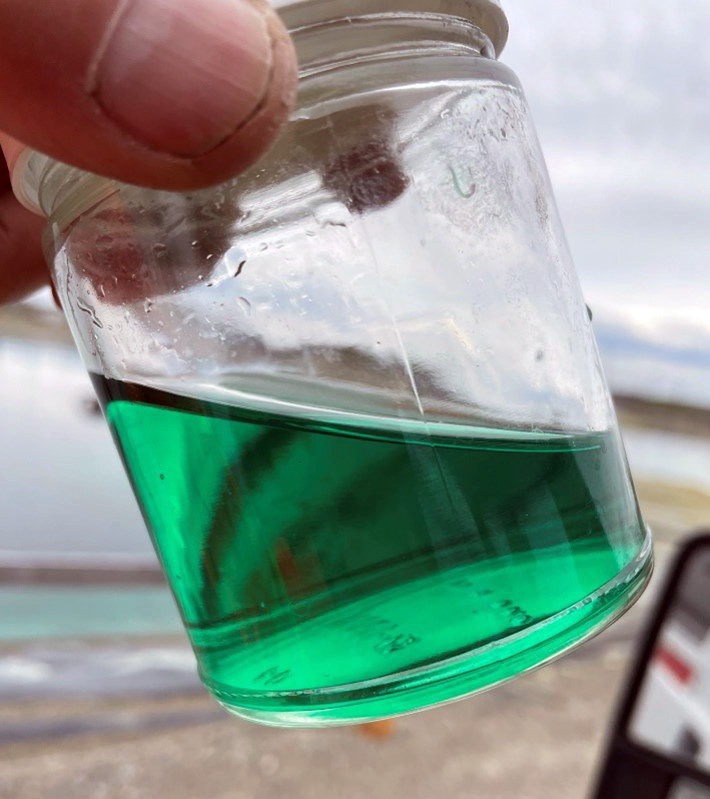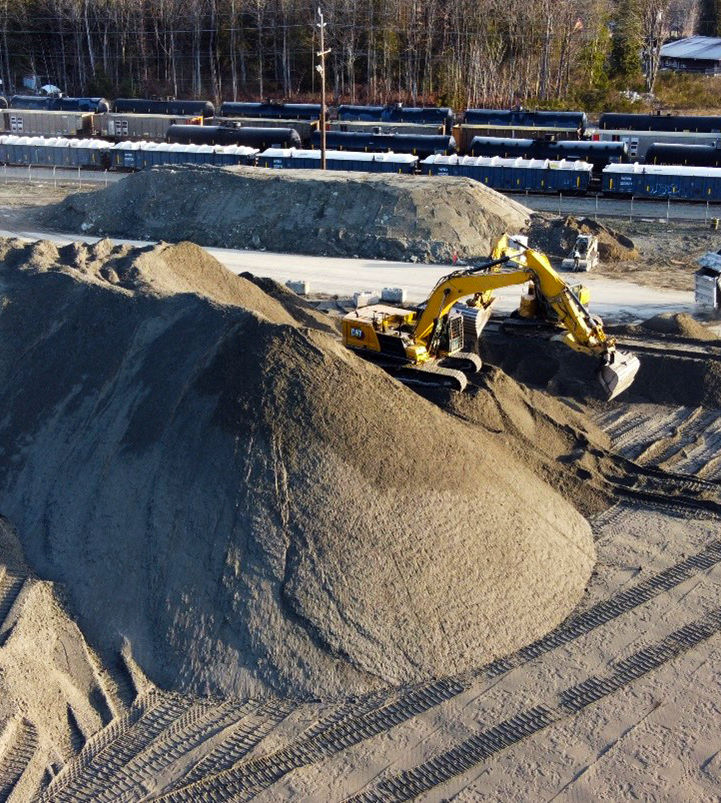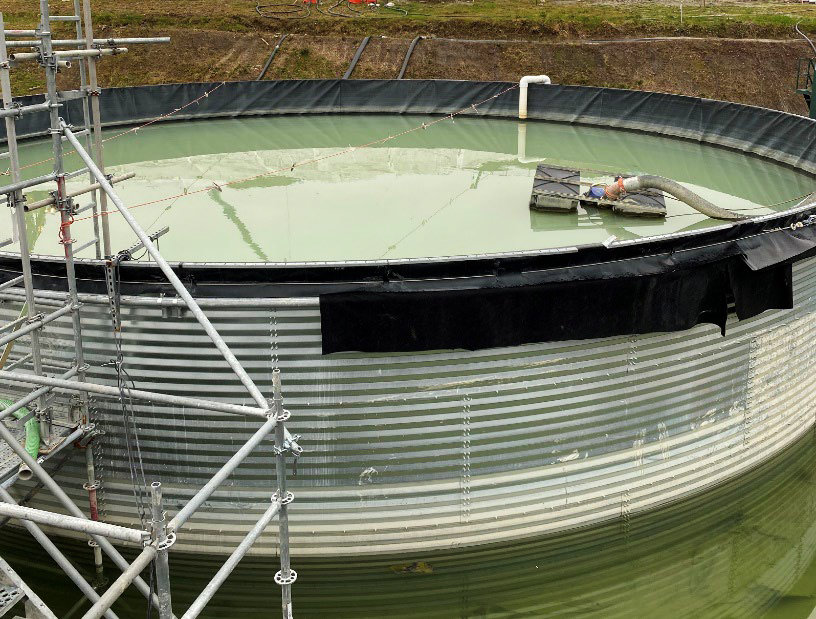| CLIENT | 2010-2012 – Newmont 2013-2016 – TMAC |
| LOCATIONS | Hope Bay, NU |
| SERVICES | Environmental Projects, Remediation & Reclamation |
| CONTRACT VALUE | $1M Annually |
| SCHEDULE | Start Date: 2010 End Date: March 2016 |
PROJECT PROFILE
KBL Environmental Ltd (KBL) provided onsite staffing and waste management services for a gold mine operating in Hope Bay, Nunavut over a period of several years. The remote site was located 90 miles south of Cambridge Bay in the West Kitikmeot region of Nunavut; access was restricted to barge and aircraft. KBL developed an integrated waste management plan for hazardous and non-hazardous waste generated by the operation. KBL provided project oversight for multiple sealift events. KBL also provided hands-on training to mine employees develop a waste management division staffed by personnel based at the mine, including Aboriginal employees. KBL continued to provide waste management once the mining operation was transferred to a new owner.
SCOPE OF WORK
From March 2010, through to 2012 (Newmont) and from 2013 through to March 2016 (TMAC), KBL managed the transportation and disposal of all hazardous and non-hazardous waste through sealift backhaul from the mine to various ports in Quebec. KBL’s management personnel and onsite teams were involved in all stages of waste management, from the collection and classification of waste at the mine to the coordination of waste receiving at the ports to the coordination of ground transport for the various waste streams.
The multi-jurisdictional transfer events required adherence to federal, territorial and provincial regulations, including those placed on waste generated outside the receiving province. KBL determined that Quebec was best suited for disposal end point through the completion of an internal contractor auditing process, including verification of facility and regulatory permits and approvals, and insurance provisions. Waste inspection, packaging and shipping preparations were overseen by KBL at the mine site to ensure compliance with International Maritime Dangerous Goods (IMDG) Regulations.
KBL personnel prepared all waste management documentation, including IMDG shipping declarations, federal movement manifests and bill of ladings. KBL coordinated the transport of waste from the mine site and assisted in ensuring the material was loaded according to waste segregation requirements. KBL’s project team mobilized to various Quebec ports for each sealift event to coincide with barge arrival.
Oversight by KBL personnel at the ports including material offloading, stream segregation, and on loading for specific receiving facilities delivered timely, cost effective and efficient transfer events to various disposal and recycling facilities. All sealift events were completed within limited operating windows and within budget.
PROJECT CHALLENGES
Project challenges revolved primarily on logistically complex access due to narrow marine access windows, both for the transport of supplies to site and the removal of mine generated waste over several annual sealift events.
PROJECT SUCCESS
Project success included training of mine employees in waste classification and segregation and incinerator operation. The ability to train personnel in proper waste segregation on site at the point of generation allowed for backhauling of different waste steams to multiple ports, maximizing efficiencies and resulting in decreased costs.
FIRST NATIONS INVOLVEMENT
KBL’s waste specialists worked directly with a team of Aboriginal mine employees to provide extensive training in waste management, including classification and segregation.




